-
 bitcoin
bitcoin $110415.485139 USD
-1.74% -
 ethereum
ethereum $3914.309383 USD
-1.58% -
 tether
tether $1.000075 USD
0.00% -
 bnb
bnb $1116.910315 USD
1.41% -
 xrp
xrp $2.562069 USD
-1.96% -
 solana
solana $193.888910 USD
-0.02% -
 usd-coin
usd-coin $0.999800 USD
-0.01% -
 dogecoin
dogecoin $0.192383 USD
-0.47% -
 tron
tron $0.296815 USD
0.66% -
 cardano
cardano $0.641286 USD
-0.18% -
 hyperliquid
hyperliquid $47.495653 USD
-0.35% -
 chainlink
chainlink $18.106533 USD
1.42% -
 bitcoin-cash
bitcoin-cash $561.296588 USD
0.00% -
 stellar
stellar $0.316591 USD
-0.21% -
 ethena-usde
ethena-usde $0.999227 USD
-0.01%
How to Use the MACD Histogram to Gauge Momentum for Chainlink (LINK)
The MACD histogram helps LINK traders spot momentum shifts, with rising bars indicating strength and divergences warning of potential reversals.
Oct 29, 2025 at 09:01 pm

Understanding the MACD Histogram in Cryptocurrency Trading
1. The MACD (Moving Average Convergence Divergence) histogram is a visual representation of the difference between the MACD line and the signal line. It provides traders with insights into momentum shifts by showing how quickly bullish or bearish pressure is increasing or decreasing. In the context of Chainlink (LINK), this tool becomes particularly useful due to the asset’s sensitivity to broader market sentiment and technical patterns.
2. When the histogram bars grow taller above the zero line, it indicates strengthening bullish momentum. This expansion suggests that buyers are gaining control and LINK may be entering an upward trend. Traders often interpret this as a potential entry point, especially when confirmed by volume spikes or support level holds.
3. Conversely, shrinking histogram bars above zero suggest weakening upward momentum, even if prices continue to rise. This divergence can serve as an early warning sign of a potential reversal or pullback in LINK’s price action.
4. Below the zero line, lengthening red bars reflect intensifying bearish momentum. This signals strong selling pressure and could indicate further downside movement for LINK. Short-term traders might use this to initiate short positions or tighten stop-loss levels on long holdings.
5. A transition from negative to positive territory in the histogram often coincides with a shift in market control from sellers to buyers. For Chainlink, which frequently experiences sharp reversals during volatile periods, this crossover can mark the beginning of a new uptrend, particularly when aligned with favorable news or network developments.
Interpreting Divergences Between Price and MACD Histogram
1. Bearish divergence occurs when the price of LINK reaches a new high but the MACD histogram fails to surpass its previous peak. This mismatch implies diminishing buying strength despite rising prices and may foreshadow a correction. Such scenarios have been observed during overbought conditions following major exchange listings or speculative rallies.
2. Bullish divergence happens when LINK hits a lower low while the histogram forms a higher low. This indicates that downward momentum is waning, suggesting a possible bottom formation. These setups are often validated when accompanied by increased on-chain activity or accumulation patterns visible in wallet analytics.
3. Hidden divergences also play a role. A hidden bullish divergence appears when LINK makes a higher low in price but the histogram shows less pronounced bearish momentum. This reinforces the idea of underlying strength during corrections and supports continuation of the primary trend.
4. Hidden bearish divergence manifests when LINK records a lower high in price yet the histogram displays reduced upward momentum. This subtle signal warns that the prevailing uptrend may lack conviction, prompting caution among breakout traders.
5. Divergence signals should not be acted upon in isolation. Confirmation through candlestick patterns, moving average crossovers, or RSI readings improves reliability. For instance, a bullish divergence followed by a hammer candle near key support increases confidence in a rebound scenario.
Timing Entries and Exits Using Histogram Slope Changes
1. The slope of the MACD histogram offers real-time feedback on acceleration or deceleration of price moves. A steeply rising slope indicates rapid momentum buildup, which for LINK often corresponds with breakout attempts or reaction to macroeconomic triggers like Fed announcements or BTC volatility surges.
2. A flattening histogram slope, even while still above zero, suggests momentum is stabilizing. This phase may precede consolidation or a minor retracement. Active traders may choose to take partial profits or adjust position sizes accordingly.
3. A turning point where the histogram begins declining after peaking can act as an exit signal. If this occurs alongside resistance rejection at a known Fibonacci level, it strengthens the case for reducing exposure to LINK until clarity returns.
4. Early entries based on histogram inflection points require strict risk management. Since false signals occur during sideways markets, setting stop-loss orders just below recent swing lows helps protect capital during unexpected breakdowns.
5. Traders monitoring LINK should pay close attention to histogram contraction after extended trends, as these compressions often precede explosive moves once volatility resumes.
Common Questions About MACD Histogram and Chainlink Trading
What does a shrinking MACD histogram mean for LINK holders?It indicates that the current momentum, whether up or down, is losing strength. If the price is rising but the histogram shrinks, it suggests the rally lacks power and could reverse soon.
Can the MACD histogram predict sudden price drops in LINK?Not directly. However, bearish divergences or sharp histogram declines after prolonged highs can warn of weakening support, giving traders time to reassess their positions before a drop accelerates.
How often should I check the MACD histogram for LINK?For day trading, reviewing every 15–60 minutes on relevant timeframes (like 1H or 4H charts) is effective. Swing traders may focus on daily charts, checking once per session to avoid noise-induced decisions.
Is the MACD histogram useful during low-volume periods for LINK?Its effectiveness diminishes when trading volume is low, as price movements may lack follow-through. During such times, the histogram can produce misleading signals, so pairing it with volume analysis is essential.
Disclaimer:info@kdj.com
The information provided is not trading advice. kdj.com does not assume any responsibility for any investments made based on the information provided in this article. Cryptocurrencies are highly volatile and it is highly recommended that you invest with caution after thorough research!
If you believe that the content used on this website infringes your copyright, please contact us immediately (info@kdj.com) and we will delete it promptly.
- Essex Post Office, 5p Coins, and King Charles: A Royal Mint Revelation!
- 2025-10-23 10:30:16
- Waymo's Newark Airport AV Tests: Alphabet's AI Gamble Pays Off?
- 2025-10-23 10:30:16
- King Charles 5p Coins: A Royal Flush in Your Pocket?
- 2025-10-23 10:35:18
- Solana, Crypto Advisory, and Forward Industries: A New York Minute on the Future of Finance
- 2025-10-23 08:51:22
- MAGACOIN: Ethereum Whales Dive into the Hottest Presale of 2025
- 2025-10-23 08:51:22
- Kadena's End of the Road? KDA Token Plummets Amid Project Abandonment
- 2025-10-23 08:55:34
Related knowledge
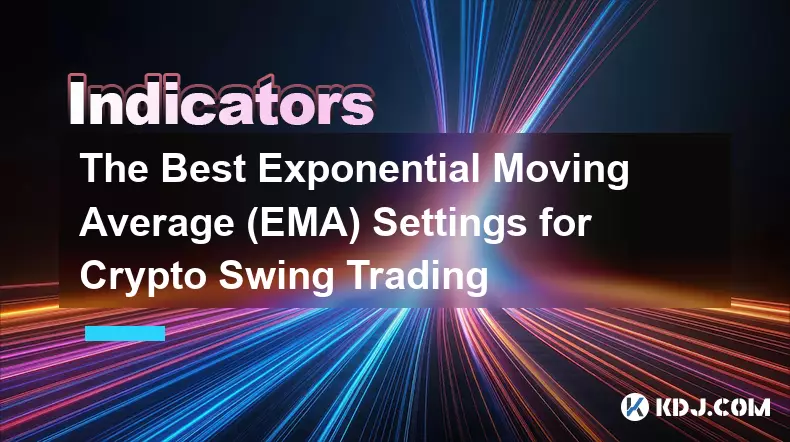
The Best Exponential Moving Average (EMA) Settings for Crypto Swing Trading
Oct 25,2025 at 04:55pm
The Best Exponential Moving Average (EMA) Settings for Crypto Swing TradingSwing trading in the cryptocurrency market relies heavily on identifying tr...
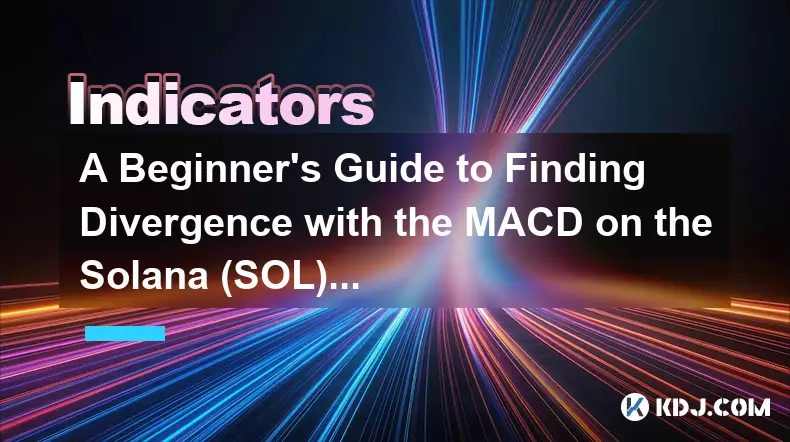
A Beginner's Guide to Finding Divergence with the MACD on the Solana (SOL) Chart
Oct 26,2025 at 12:36pm
Understanding MACD and Its Role in Solana Trading1. The Moving Average Convergence Divergence (MACD) is a momentum indicator widely used in cryptocurr...
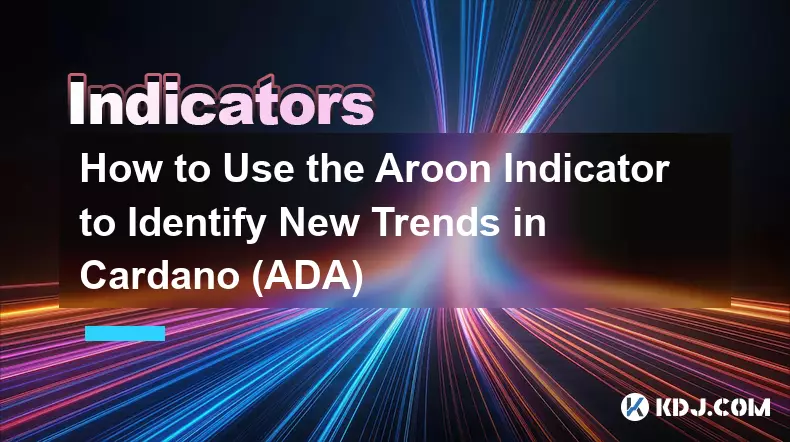
How to Use the Aroon Indicator to Identify New Trends in Cardano (ADA)
Oct 26,2025 at 10:18pm
Understanding the Aroon Indicator in Cryptocurrency Trading1. The Aroon indicator is a technical analysis tool designed to identify whether an asset i...
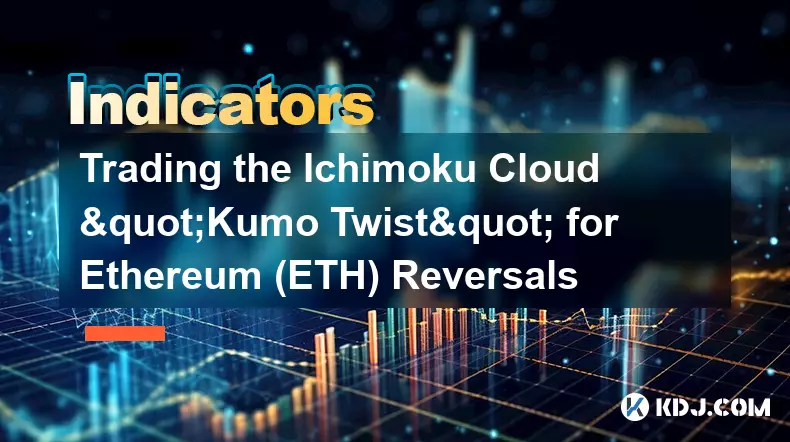
Trading the Ichimoku Cloud "Kumo Twist" for Ethereum (ETH) Reversals
Oct 27,2025 at 01:54am
Understanding the Ichimoku Cloud and Its Components1. The Ichimoku Cloud, also known as Ichimoku Kinko Hyo, is a comprehensive technical analysis tool...
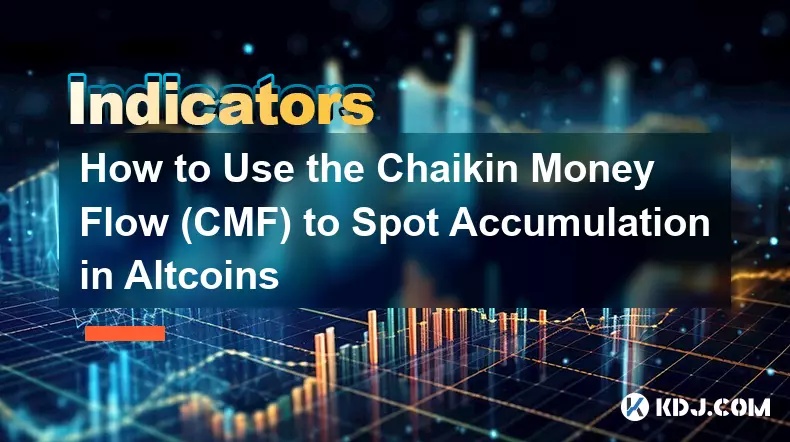
How to Use the Chaikin Money Flow (CMF) to Spot Accumulation in Altcoins
Oct 25,2025 at 08:18pm
Understanding Chaikin Money Flow in the Context of Altcoin Markets1. The Chaikin Money Flow (CMF) is a technical indicator developed by Marc Chaikin t...

How to Trade with the Keltner Channel Indicator on the Ethereum (ETH) Chart
Oct 28,2025 at 08:54am
Understanding the Keltner Channel in Ethereum Trading1. The Keltner Channel is a volatility-based technical indicator that consists of three lines: an...

The Best Exponential Moving Average (EMA) Settings for Crypto Swing Trading
Oct 25,2025 at 04:55pm
The Best Exponential Moving Average (EMA) Settings for Crypto Swing TradingSwing trading in the cryptocurrency market relies heavily on identifying tr...

A Beginner's Guide to Finding Divergence with the MACD on the Solana (SOL) Chart
Oct 26,2025 at 12:36pm
Understanding MACD and Its Role in Solana Trading1. The Moving Average Convergence Divergence (MACD) is a momentum indicator widely used in cryptocurr...

How to Use the Aroon Indicator to Identify New Trends in Cardano (ADA)
Oct 26,2025 at 10:18pm
Understanding the Aroon Indicator in Cryptocurrency Trading1. The Aroon indicator is a technical analysis tool designed to identify whether an asset i...

Trading the Ichimoku Cloud "Kumo Twist" for Ethereum (ETH) Reversals
Oct 27,2025 at 01:54am
Understanding the Ichimoku Cloud and Its Components1. The Ichimoku Cloud, also known as Ichimoku Kinko Hyo, is a comprehensive technical analysis tool...

How to Use the Chaikin Money Flow (CMF) to Spot Accumulation in Altcoins
Oct 25,2025 at 08:18pm
Understanding Chaikin Money Flow in the Context of Altcoin Markets1. The Chaikin Money Flow (CMF) is a technical indicator developed by Marc Chaikin t...

How to Trade with the Keltner Channel Indicator on the Ethereum (ETH) Chart
Oct 28,2025 at 08:54am
Understanding the Keltner Channel in Ethereum Trading1. The Keltner Channel is a volatility-based technical indicator that consists of three lines: an...
See all articles









































































